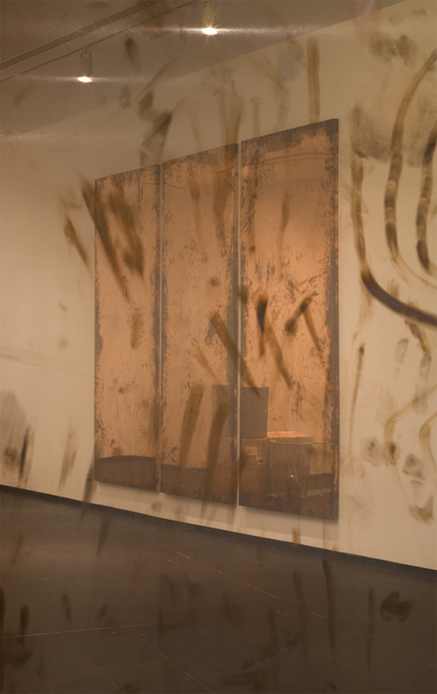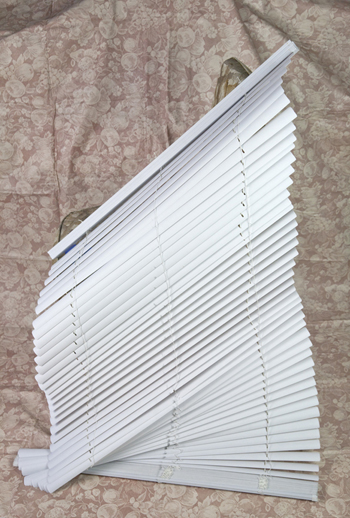It seems like you’re moving in the direction of writing about more painting.
In talking about the painters or publishers I write about, it’s never removed from photography. On one level, the vast majority of the fine artwork we see is experienced as an image, as a digital photograph. At a certain point, it becomes impossible to talk about painting without talking about photography. I find that very interesting.

Walead Beshty, "Un diagrama de Fuerzas," installation view at Centro de Arte Dos de Mayo, Madrid, October 2011. Photo credit Elena Almagro.
So your interests are not changing.
Not at all. What I’m bringing to this conversation is broader and broader. The one show I’ve curated this year is a photography show, Installation Views. It was in Chicago and it was about exhibition photography. Right now, in the coming month, I have pieces coming out on Jimmy Limit, Sara Cwynar, and Osma Harvilahti.
Is the “secret” work you’re making in the same conversation with what you’re writing about?
I think so, insofar as that with a lot of the work I write about, there is an emphasis on the importance of visual reward. The way art hits you should be eye to the heart to the brain, in that order.
You wrote the first essay I can think of about the current photography still life trend/epidemic. I curated a show at CCNY on that topic last spring, and your essay was part of my research. Where did that writing come from?
At the time I wrote that I was in Tumblr World. You scroll through and see the same approach with less and less satisfying results.
It made so much sense that we’d be doing still life photography right now [with an online environment that encourages decontexualization, purposeful juxtaposition]. But because of the speed of online acceleration, I was worried it was going to become something we chew and spit out before we even knew what we were dealing with.
So it was a reaction to something you thought had become a problem.
I thought we were growing tired of the constant posting and reblogging of still life images, and it’s a shame because it didn’t seem like one of those insubstantial trends you see online. The still life thing to me was art historical, so it felt like a shame to me that it would get played out in seven months. It seemed like we were depriving ourselves of a really interesting conversation.
At a certain point you need to step back, see what we have, and build on what’s been done right. So I listed those people: David Brandon Geeting, Grant Cornett, Aurélien Arbet & Jérémie Egry, and Carson Fisk-Vittori.

From Neil Winokur's photo series of everyday objects; each object represents a letter of the alphabet.
In the interview I did with Vince Aletti last week, he told me about a photographer named Neil Winokur whose work reminds me a lot of current still life photography. He isn’t mentioned in relation to people like Jimmy Limit, Bobby Doherty, or even Elad Lassry, but I feel like he should be. His pictures from the early 90s look like they could be from today.
[Jots down “Neil Winokur.”] I love that. That’s another reason I like writing so much. Writing about someone, your job is to learn as much as you can and contextualize. I learn so much every day doing what I do. Tonight I’ll go home and look this guy up. That’s so much more fun to me than just putting work up there and hoping that people like it.
Vince was telling me how he’s made a career on specialization.
That’s a better professional approach; I’ll give him that. The way to make a living is specialization. I feel like the difference between his period of time and ours is that now, even with a specialization, you need to have a broader skill set. You can be a writer, but you still have to be adept at InDesign. You have to be able to lay out what you write, and deliver it.
You have to do some publishing, but do you think writing is a more finite way to express your opinion?
It is finite—assuming anyone reads it. Writing is thankless. People have this implicit sense that writing is valuable, but in actual practice it’s rarely treated that way. If you can write something specific that resonates with people, you can have an effect on the conversation.
You’re interested in a conversation.
I’m interested in dictating a conversation—writing is like casting your vote.



Comments on this entry are closed.